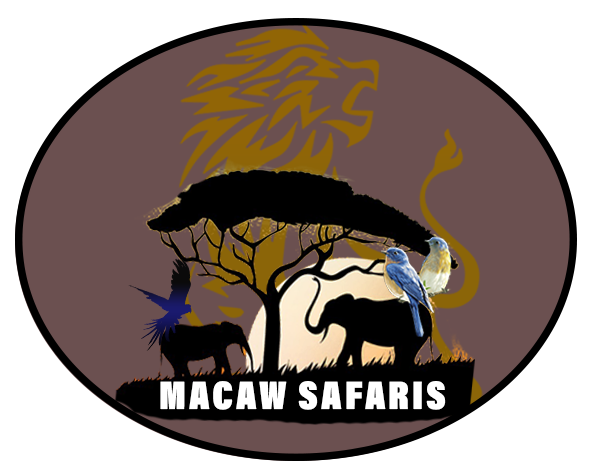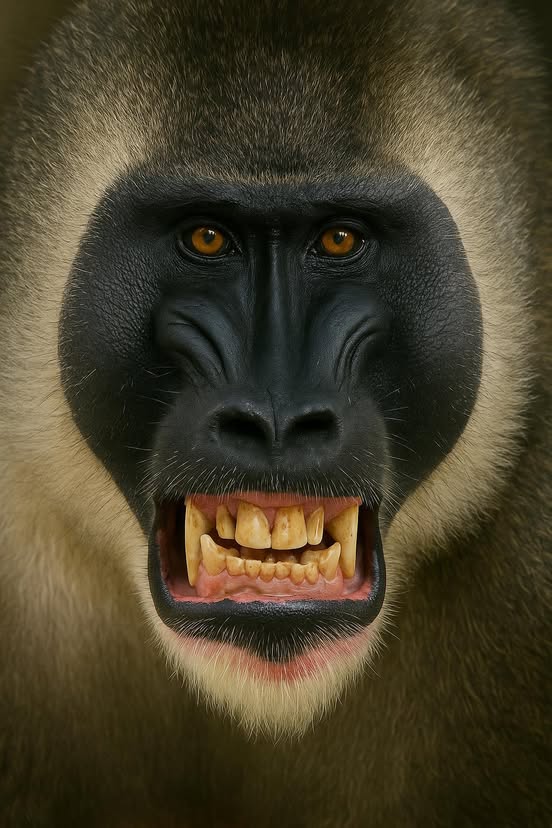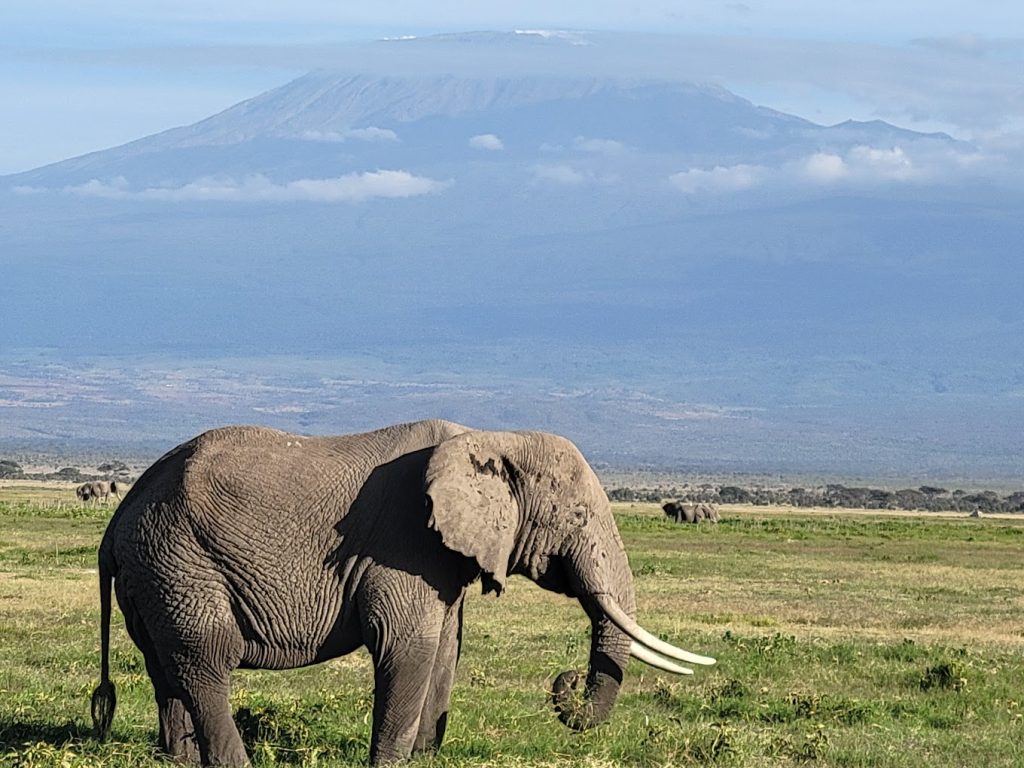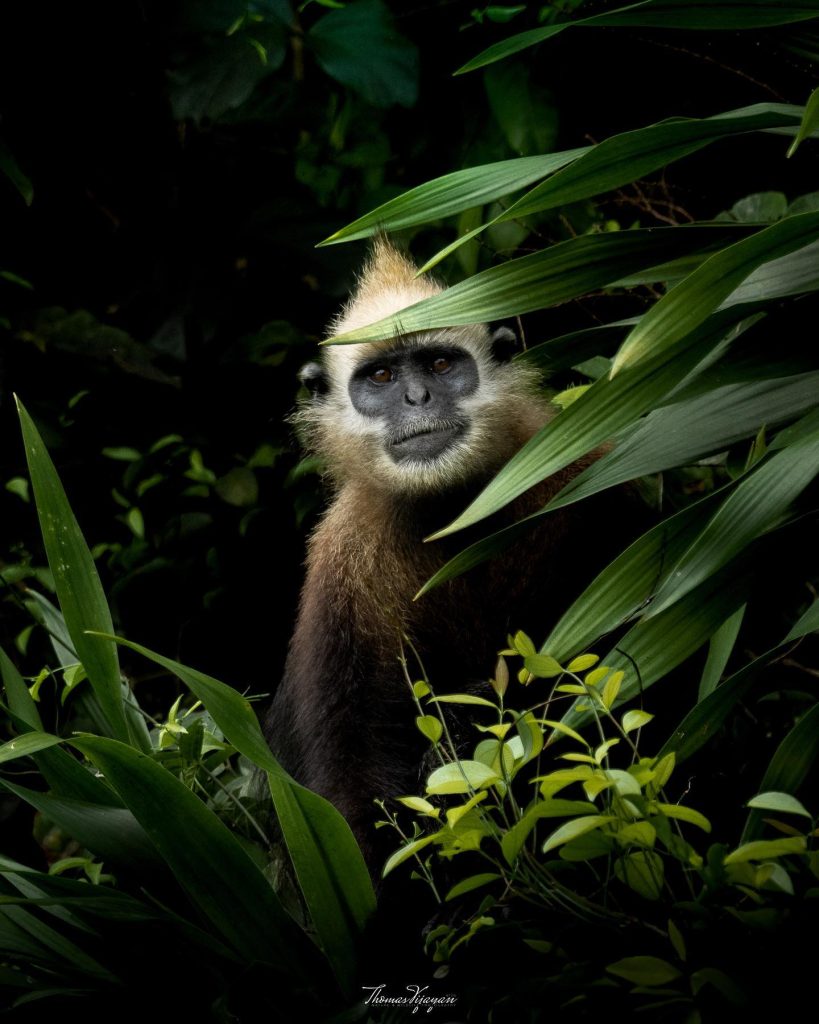he Drill monkey (Mandrillus leucophaeus) is one of Africa’s most endangered primates and one of the least known. Often overshadowed by its colorful cousin, the mandrill, the Drill is a powerful, striking species that plays a vital role in forest ecosystems across Nigeria, Cameroon, and Equatorial Guinea.
What Is a Drill Monkey?
The Drill is a large, terrestrial monkey with a black face, bright red lips, and a white tufted beard. Males can weigh up to 110 pounds, making them among the largest monkey species in the world. Unlike the more famous mandrill, the Drill has a subtle, muted coloration, but its expressive face and deep, booming vocalizations make it truly unique.
Natural Habitat and Behavior
Drills inhabit dense rainforests and mountainous regions. They live in highly social groups called troops, which can contain up to 20 individuals, usually led by a dominant male. Drills are omnivores, feeding on fruits, leaves, seeds, insects, and small animals, and they play a key role in seed dispersal, helping maintain healthy forest growth.
Conservation Status: Critically Endangered
The Drill monkey is classified as Critically Endangered by the IUCN. Its survival is threatened by deforestation, poaching, and habitat fragmentation. In some regions, the bushmeat trade has decimated populations. Conservation groups are working to protect the Drill through captive breeding programs, community education, and protected habitat zones.
Why the Drill Monkey Matters
The Drill is a keystone species, meaning its presence helps maintain ecological balance. Saving the Drill also means preserving the rich biodiversity of Central Africa’s rainforests. With fewer than 4,000 individuals left in the wild, urgent conservation action is needed.
The Drill monkey is a powerful symbol of both the richness and fragility of Africa’s tropical forests. By supporting conservation efforts and spreading awareness, we can help ensure this rare and remarkable primate continues to thrive in the wild.



